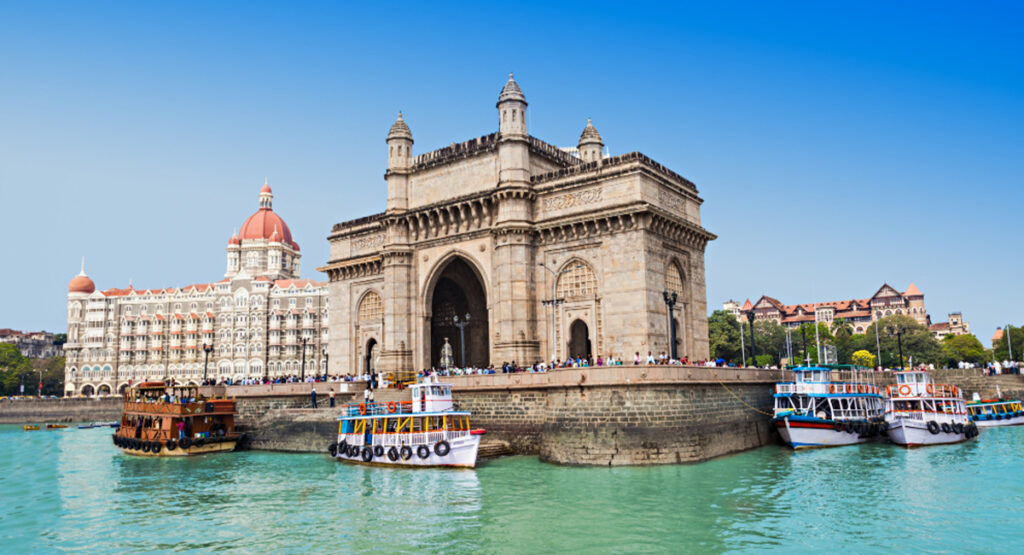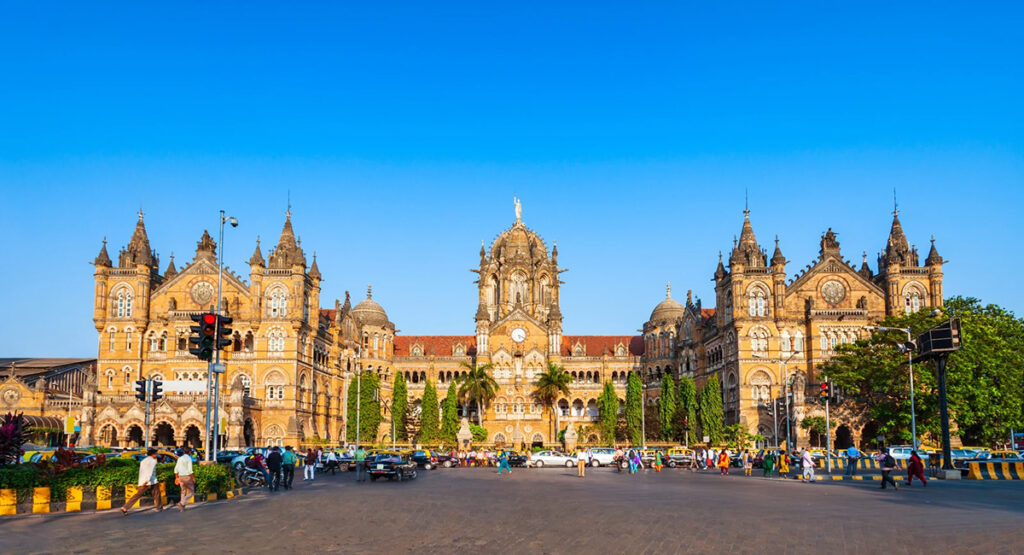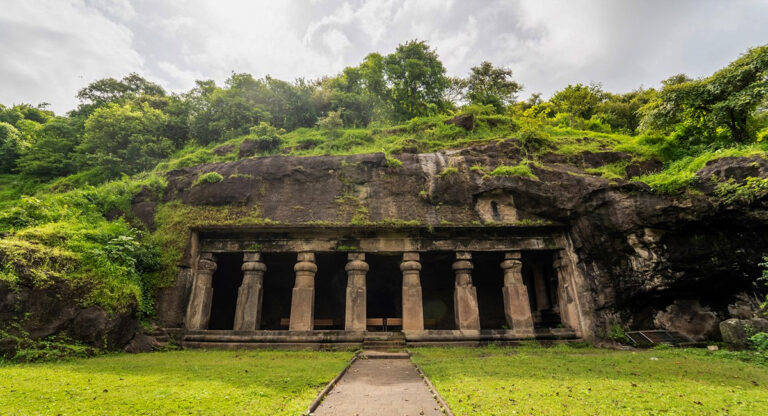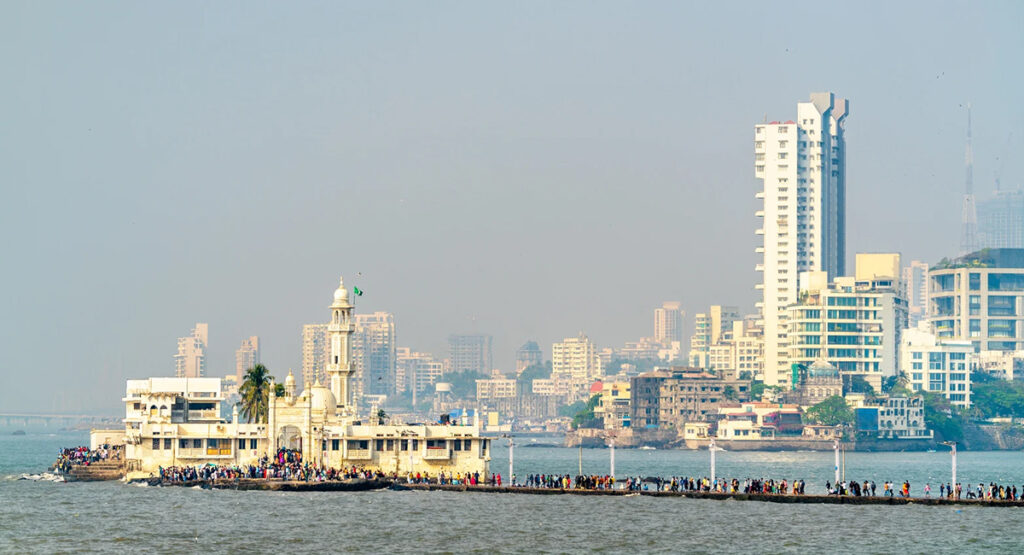Venue City
Mumbai, India
Mumbai, formerly known as Bombay, is the capital city of Maharashtra, India. It is the financial, commercial, and entertainment hub of the country, often dubbed the “City of Dreams.” Located on the west coast along the Arabian Sea, Mumbai is a bustling metropolis with a population exceeding 20 million in its metropolitan region. It’s a melting pot of cultures, languages, and traditions, reflecting India’s diversity in a vibrant urban setting.
Mumbai’s origins trace back to the Koli fishing community, who inhabited the seven islands that now form the city. Archaeological evidence suggests human activity in the region dates back to the Stone Age. The islands were part of the Maurya Empire under Emperor Ashoka (3rd century BCE), who promoted Buddhism. Several Buddhist rock-cut caves, like those at Kanheri, reflect this period. The Portuguese captured the islands in 1534 from the Gujarat Sultanate, naming them “Bom Bahia” (Good Bay). They built churches and forts, leaving a lasting architectural imprint.
In 1661, the islands were ceded to the British as part of Catherine of Braganza’s dowry to King Charles II. The British East India Company leased them in 1668, transforming Bombay into a major trading hub. The British developed Bombay into a key port city, connecting India to global trade routes. The reclamation of the seven islands into a single landmass began in the 18th century, shaping modern Mumbai.
Mumbai was a center of India’s freedom struggle. The Indian National Congress was founded here in 1885, and key events like the Quit India Movement (1942) were launched from the city. The Gateway of India became a symbolic site when British colonial rulers departed in 1947. Post-independence, Mumbai grew into India’s economic powerhouse, hosting the Bombay Stock Exchange (est. 1875) and the Bollywood film industry. Its cosmopolitan nature reflects centuries of migration and cultural amalgamation.
Key Monuments

Gateway of India
Built in 1924 at Apollo Bunder, this basalt arch commemorates King George V’s visit and symbolizes Mumbai’s colonial and maritime heritage.

Chhatrapati Shivaji Maharaj Terminus (CSMT)
A UNESCO World Heritage Site (1888) in the Fort area, this Gothic Revival station blends Victorian and Indian styles, serving as a rail lifeline.

Elephanta Caves
A UNESCO site on Elephanta Island, these 5th–8th-century rock-cut temples honor Lord Shiva, showcasing ancient Indian art (accessible by ferry from Gateway).

Haji Ali Dargah
A 15th-century mosque and tomb off Worli, linked by a causeway, it’s a beacon of religious harmony.
Important Organizations
- Bombay Stock Exchange (BSE): Founded in 1875 in South Mumbai, Asia’s oldest stock exchange drives India’s financial markets.
- National Stock Exchange (NSE): A leading modern exchange, boosting Mumbai’s economic clout.
- Reserve Bank of India (RBI): India’s central bank, headquartered here, oversees monetary policy.
- Bollywood: Based in suburbs like Bandra and Andheri, this film industry produces over 1,000 movies yearly, shaping global culture.
- Tata Group & Reliance Industries: Mumbai-based conglomerates dominating India’s industrial and tech sectors.
- Bhabha Atomic Research Centre (BARC): In Trombay, it’s India’s top nuclear research hub.





